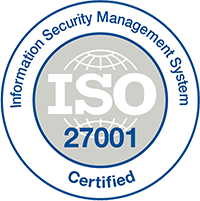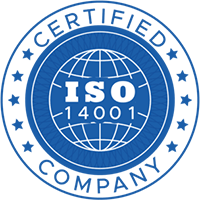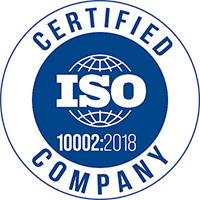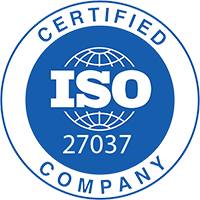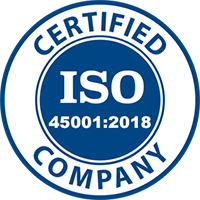All digital evidence is identified in our forensic computing laboratory, which meets international standards. This is done by our forensic computing engineers, who have years of experience in the field, ensuring reliability and auditability, and the findings are reported in compliance with the Turkish legal system.
Forensic Chemistry
Examinations
With our forensic chemistry examination services, we analyze chemical substances to identify findings at crime scenes. We stand by justice with reliable and scientific reports.

Forensic chemistry, a crucial branch of criminalistics, involves identifying micro or macro-level findings related to a crime through laboratory analyses. This field relies primarily on chemistry and secondarily on fundamentals from other sciences like physics, biology, and geology. By determining the connection of these findings to the crime, forensic chemistry helps elucidate the case.
Within Celsiusweb, we prepare expert opinions related to forensic chemistry under Articles 293 of the Civil Procedure Code (HMK) and 67 of the Criminal Procedure Code (CMK).
Forensic chemistry laboratories play a significant role by seeking to answer three fundamental questions:
- What is this?
- Is there a relationship between this and that?
- Does this object or quality exist in this?
To answer these questions, experts use techniques to elucidate the chemical structure.
Work conducted within forensic chemistry investigations includes:
Abused Substances (Drugs):
- Identify substances suspected of being drugs and determine their purity.
- Link drugs seized from different locations through detailed analyses.
Explosive Materials:
- Identify explosive materials used in blast incidents by analyzing findings from the scene.
- Determine relationships between various physical bomb components from different incidents.
- Identify explosives in their original state and trace their origin through detailed analyses.
Gunshot Residue:
- Determine the presence of gunshot residue on suspects’ hands and clothing in firearm-related crimes.
- Analyze residue distribution on objects to estimate the shooting distance.
Paints and Inks:
- Compare paint samples from the crime scene with those from suspects, vehicles, and locations.
- Compare writing and pen inks in forgery incidents.
Fabrics and Fibers:
- Compare fibers and fabric pieces from the crime scene with those from suspects, vehicles, and locations in incidents like traffic accidents, thefts, and murders.
Toxic Substances:
- Identify toxic substances in their original state or mixed into foodstuffs, including blood alcohol analysis.
Fire and Arson Investigations:
- Determine the presence of accelerants (e.g., petroleum-derived substances, alcohol, thinner) in findings from suspicious fire scenes.
Glass Analysis and Examination:
- Compare glass fragments from the crime scene with those from suspects, vehicles, and locations to determine their relation to incidents like traffic accidents, thefts, and murders.
Metal, Soil, Plastic Materials, Adhesives, etc.:
- Identify or link metals, soils, plastic materials, adhesives, etc., that contribute to elucidating various incidents.
Unknown Substance Analyses:
- Identify unknown substances seized in various incidents through detailed analyses.
For additional services provided by Fordefence in Forensic Sciences click here.




